The photographs in Broken Sets and Bad Display consist of photographic prints, and, depending on the installation, various other elements from deconstructed lcd screens, laptops and computer monitors.
The photographic prints comprise images of screens cropped from images of broken TVs and computer monitors that I find for sale on consumer-to-consumer websites such as eBay, Alibaba, and Craigslist. By focusing on images of the failed screen, I draw attention to the materiality of the objects from which they come. The photographic print fixes the transient image and articulates the material nature of technology and photography (whose common goal is to be as invisible as possible).
In these images, the medium that normally projects images (the screen) functions not only as a site of projection and reception, but also as a sifting mechanism - a censor - letting some information through and keeping some out. Here, signal, image and liquid crystal mix with no control; imageless signals emit eerie light that seems to hum or hiss; sometimes the seller has indicated with arrows or other graphic pointers, where the flaw or damage is - the hand of the seller now forever embedded in the flawed screen. Finally, some screens are so compromised that no light is emitted at all – dark, cracked or peeling, the light that illuminates these screens is the flash from the seller’s camera. Ironically akin to formalist modernist compositions, the incidental beauty of these screens is derived from the failure of their own promising technology. Descended from (Modernist) order, now out of order, I present a negotiation of the screen: before and after, in front of and behind, inside and out, as a threshold, or a point of implosion, where these spaces collapse and break down.
Depending on the exhibition context, the work is traditionally framed, face-mounted, or a part of a larger installation where it lives among the film, plastic and metal components of the disassembled screen – a structural framework in which the still images of broken and flawed screens seems to be slipping. As physical objects, they present themselves as precarious obstacles the viewer must navigate.
_2017_4_cr_sm.jpg)
Bad Display, 2017, UV prints of broken screens on disassembled laptop screens
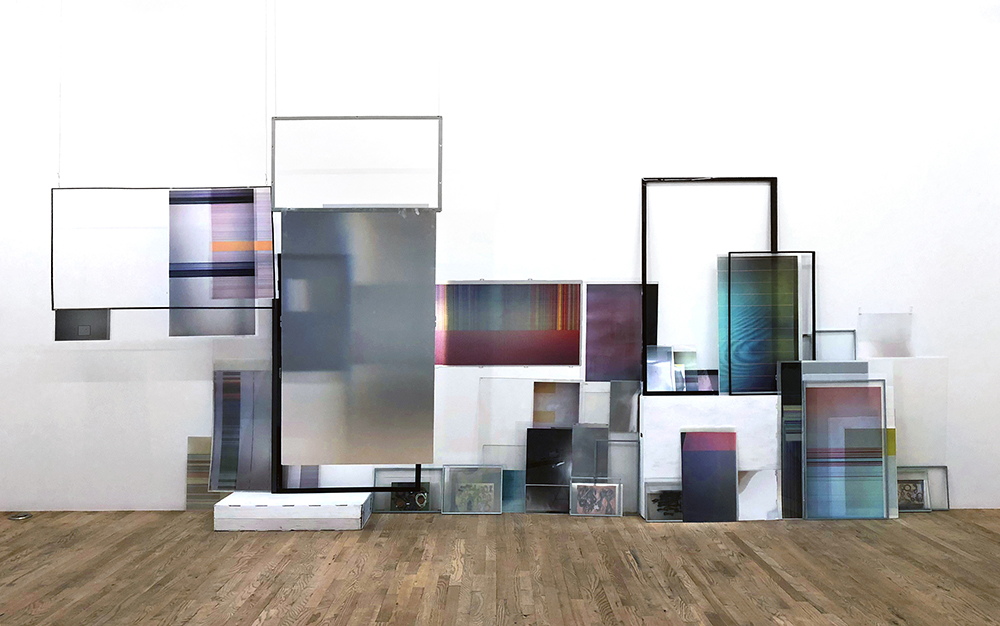 Out of Order : Bad Display, 2018, Installation Postmasters Gallery, UV prints on disassembled LCD TVs
Out of Order : Bad Display, 2018, Installation Postmasters Gallery, UV prints on disassembled LCD TVs
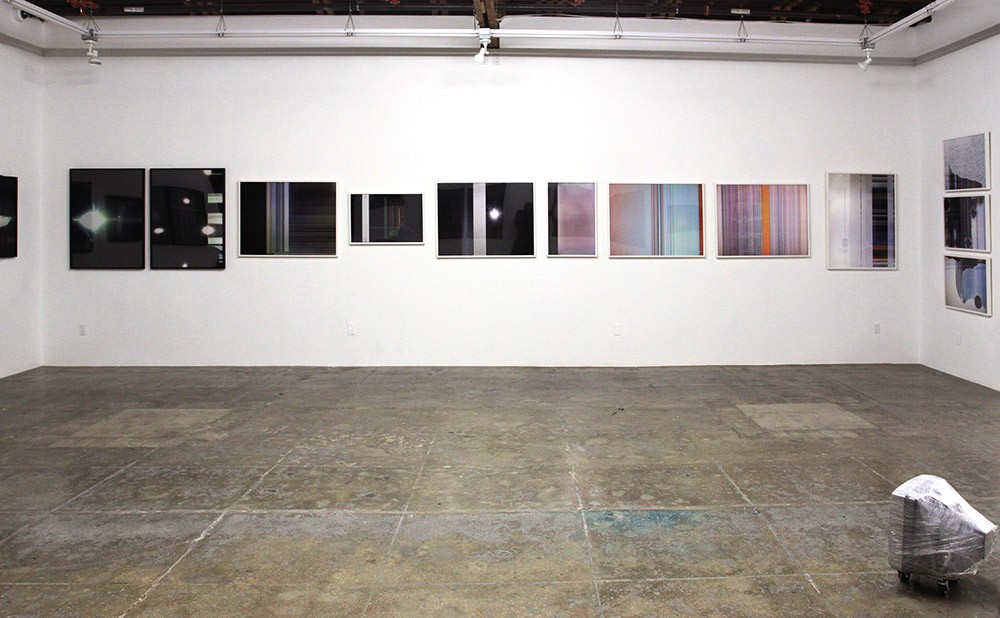 Installation, Mark Moore Gallery, Los Angeles, 2016
Installation, Mark Moore Gallery, Los Angeles, 2016
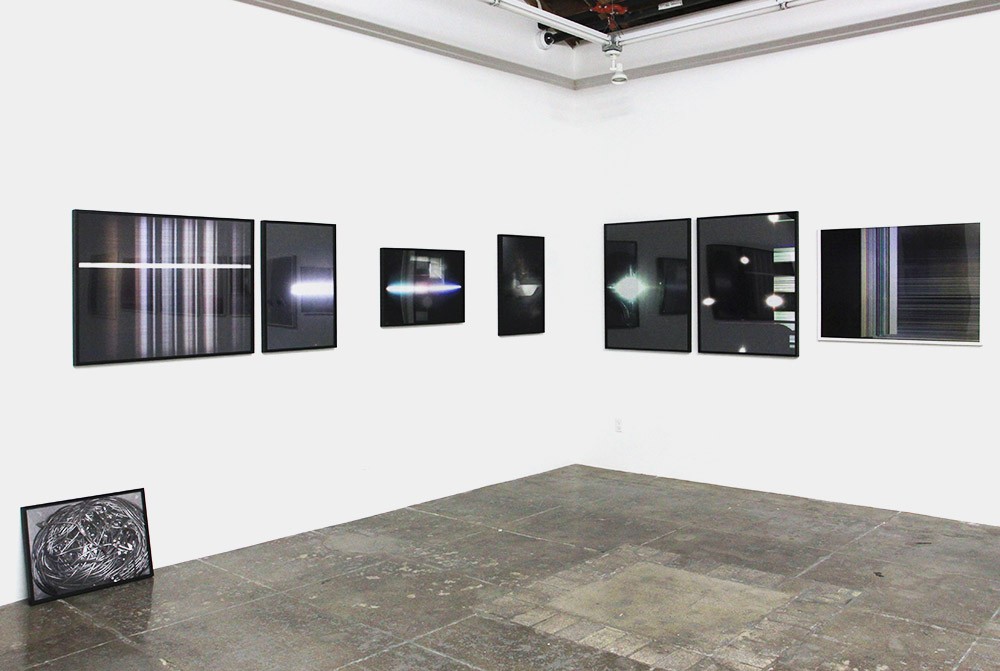 Installation, Mark Moore Gallery, Los Angeles, 2016
Installation, Mark Moore Gallery, Los Angeles, 2016
 Installation, Photoforum Pasquart, Biel Bienne, Switzerland, 2016
Installation, Photoforum Pasquart, Biel Bienne, Switzerland, 2016
 Installation of Penelope Umbrico: Future Perfect, Milwaukee Art Museum, 2016
Installation of Penelope Umbrico: Future Perfect, Milwaukee Art Museum, 2016
 Installation of Penelope Umbrico: Future Perfect, Milwaukee Art Museum, 2016
Installation of Penelope Umbrico: Future Perfect, Milwaukee Art Museum, 2016
 Installation of Penelope Umbrico: Future Perfect, Milwaukee Art Museum, 2016
Installation of Penelope Umbrico: Future Perfect, Milwaukee Art Museum, 2016

 Installation at MoMA PS1, 2009
Installation at MoMA PS1, 2009

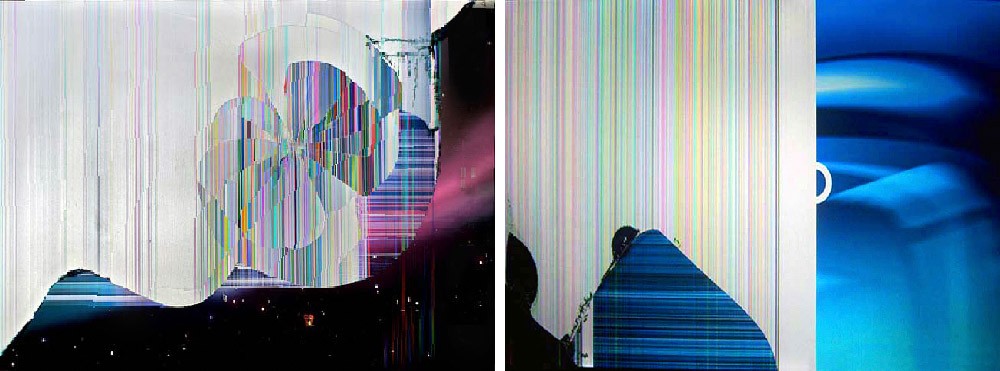
 Broken Sets (eBay), 2011
Chromogenic print on metallic paper
Each 20 x 30 in
Installation, Les Recontres d'Arles, Discovery Award Nominee Exhibition, 2011
Broken Sets (eBay), 2011
Chromogenic print on metallic paper
Each 20 x 30 in
Installation, Les Recontres d'Arles, Discovery Award Nominee Exhibition, 2011
The book, Out of Order: Bad Display uses an offset printing press to reproduce these ephemeral images of the broken LCD screens from the web in a final presentation. The book is printed at 150% ink density throughout, making the ink impossible to control. Some signatures are messy and fluid, others ghostly and dry. Though the books use the same image plates, all the color and composition of the original images are compromised. Undermining of the precision of the press and the slick-ness of the screen, I call attention to the material messiness of both. The intervention expresses the particularity of these objects judged useless and renders each copy of the book unique.
The unbound form of book further subverts the idea of a clean readable screen, as well as the typically accepted structure of a book. The images are laid out as full spreads on single pages and then folded into the book - if you want to see the entire image of a screen you need to take the book apart; if you keep the book together then the images of the screens are broken up. Here the organizational logics of the book and the screen are destabilized, requiring incompatible maneuvers to view one or the other.
Click here for more information
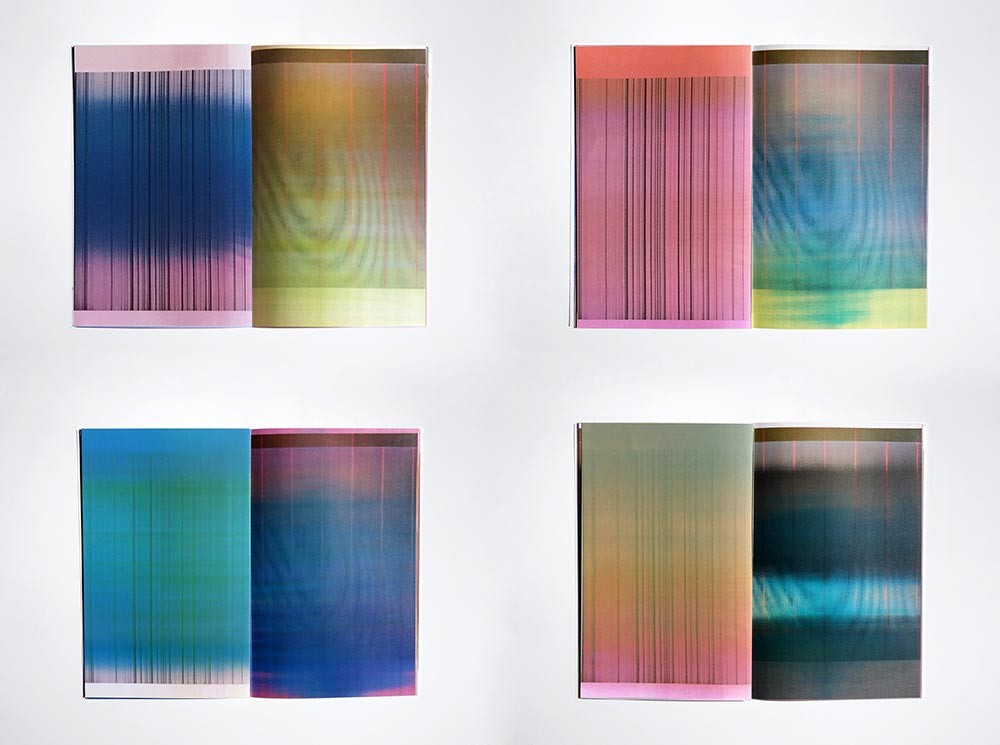 Same spread in four different books
Same spread in four different books